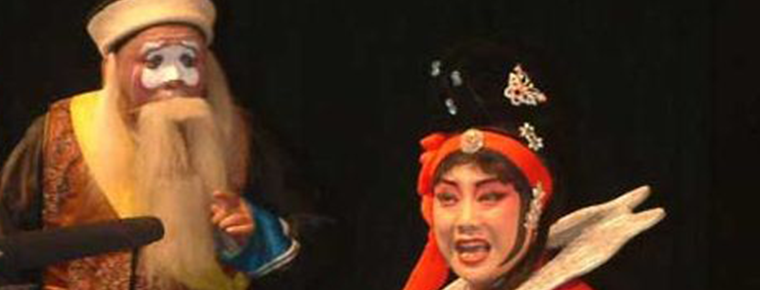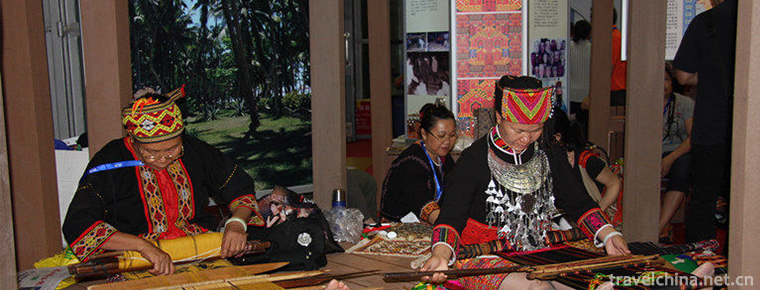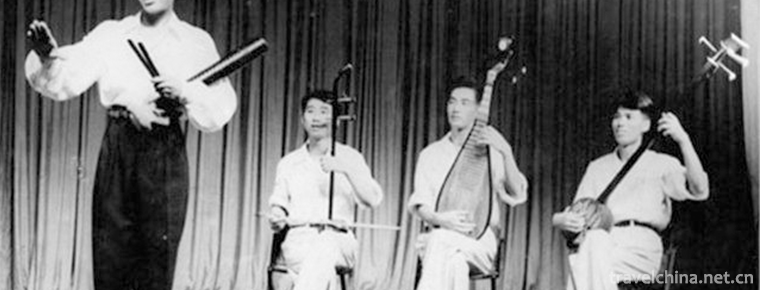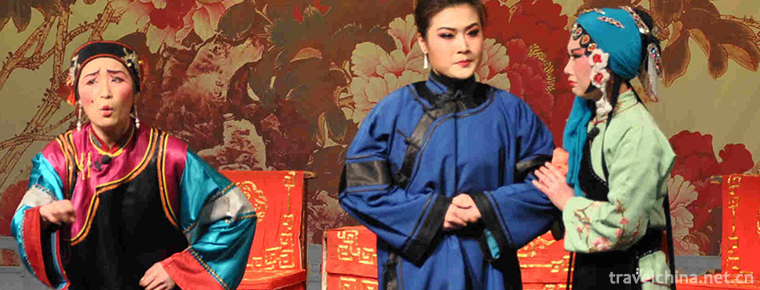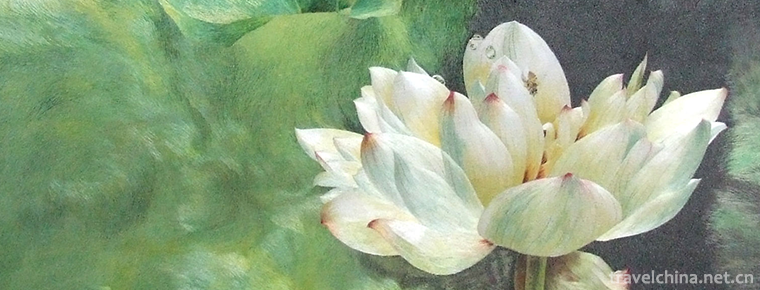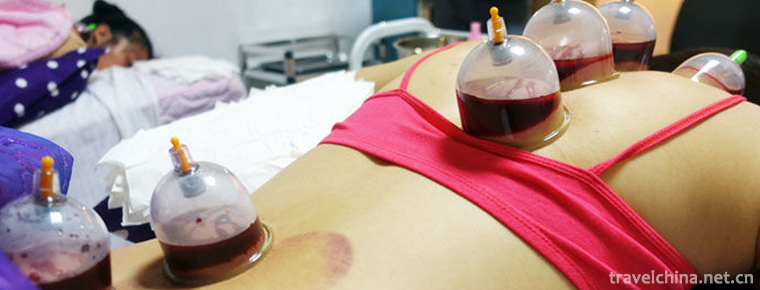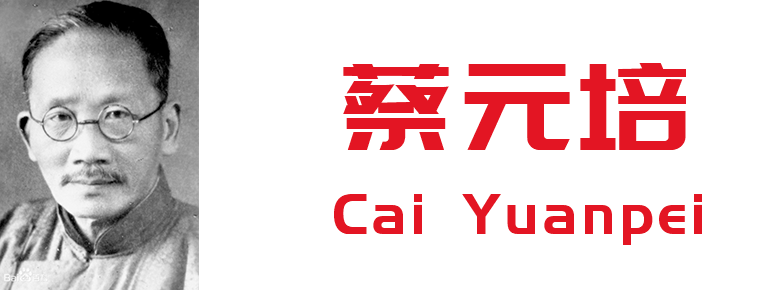Karamay River Scenic Area
The Karamay River, also known as the Chuancheng River, originates from Jiulongtan in the northeast of the city. It zigzags through the Xiyuetan Reservoir (also known as Aikule) in the southwest of the city. It is 8.51 kilometers long, 15 meters wide and 1.8 meters deep to 2.3 meters.
Development history
On August 8, 2000, the Karamay River was officially opened to water, which is also the Karamay Water Festival. The landscape belt on both sides of the Karamay River can be divided into five scenic spots from east to west: Jiulongtan scenic spot, Junggar scenic spot, Kunlun scenic spot, central scenic spot and Xicheng scenic spot. In addition, Century Park is close to the Karamay River. There are 20 river-crossing bridges in the scenic area, including 15 pedestrian bridges and non-motor vehicle bridges, and 5 motor vehicle bridges. Among the 20 bridges are stone arch bridge, concrete bridge and steel structure bridge, which have different shapes and are decorated with colorful lights at night. The Karamay River under the darkness is like a colorful ribbon. Friendship Bridge is the first of the 20 bridges on the Karamay River. It is 249.05 meters long for the main cable-stayed bridge and 563 meters long for the approach bridge. It is the gateway to the central city of Karamay. Century Park is the largest man-made landscape park in Karamay. There are rivers, rockeries, fountains, lawns, various trees and colored asphalt roads in the park. All kinds of recreational facilities are complete. In December 2009, the Karamay River scenic spot was named national 4A level tourism.
Scenic landscape
The broad green belt on both sides of the Karamay River covers an area of 158,800 square meters. In addition to lawns, a large number of trees are planted, forming five relatively independent scenic spots, namely, Jiulongtan Ancient Building and Waterfall Scenic Area, Junggar Scenic Area, Kunlun Scenic Area, Karamay River Central Scenic Area and West City Scenic Area.
The first is Jiulongtan Antique Buildings and Waterfall Scenic Area. The waterfall is created by the natural gravity of the water level drop of the Fengke trunk canal. The Jiulongtan waterfall is a combination of the middle outlet and eight giant tap-shaped water sprinklers on both sides. Nine streams of water are ejected together to form the potential of Jiulong spitting water. Nine water pillars fly overhead and fall into the deep pool. It is deafening and magnificent.
Next is the Junggar Scenic Area. From the south of East Junggar Road to Ashan Road, the scenic spot covers an area of about 168,800 square meters. It centers on children's parks, takes mountains and rivers as its focus, highlights the artistic conception of spring, and symbolizes that children are the spring of the earth and the future of the motherland. Children's Park and Heiyoushan Park on the North Bank of Karamay River are opposite each other and complement each other. The strip green space on both sides of the children's park is dominated by plant landscaping, and the vast lawn with green grass is decorated with colorful flowers. The small green square is equipped with sculpture sketches with the theme of petroleum culture, giving people the feeling of life prosperity.
The third section is Kunlun Scenic Area, covering an area of about 204,600 square meters. The main scenery is Kunlun Xiaoyou Park and fishing area. There are ornamental greenhouses, flower sculptures, sunshade corridors, combination flower beds, various pavilions and stone carvings. The whole scenic area is characterized by summer scenery, which is a good place for leisure, cooling and sightseeing in hot summer.
Further forward, it is the central scenic spot with an area of 216,000 square meters. Revitalization Garden is the central attraction of the scenic spot. The large-scale "Water Comes" sculpture is surrounded by grass and flowers, a magnificent music fountain, modern European style pavilions, and the clear river, which add infinite fun.
The last scene is the West City Scenic Spot, a colorful music section of the Karamay River Scenic Spot. It covers a total area of 188,000 square meters from the Friendship Bridge to the entrance of the Aikule (West Yuetan) Reservoir. The scenic spot is centered on the Xicheng Xiaoyou Park and featured by autumn scenery. A large number of plant shapes, the grandeur of Friendship Bridge, modern European style pavilions, high-rise buildings along both sides of the river, a variety of discolored leaf trees, fruit trees planted throughout the period, forming a beautiful autumn colorful movement.
The Karamay River is famous for its many bridges. There are 20 bridges with various shapes and gestures on the river, which can be regarded as the first in the world. Of the 20 bridges, 15 are pedestrian bridges and non-motorized bridges, and 5 are motor vehicle bridges. Friendship Bridge is the gateway to Karamay and the smallest cable-stayed steel cable bridge in the world.
Karamay is a typical continental arid climate with dry, windy and less rain. The construction of the water diversion project and the Karamay River has greatly improved the harsh ecological environment of Karamay and made the city more beautiful and charming. Since 2000, Karamay City has held a large-scale Karamay Water Festival every August, with citizens and tourists singing and dancing to celebrate the festival.
Since ancient times, there must be bridges in rivers and boats in rivers. Visiting the Karamay River can take a bus along the riverside highway, can walk, can also take cruise boats, yachts to enjoy. When you enjoy the scenery of the Karamay River, you will be amazed at the magnificent green corridor in the Gobi Oil City, and you will be amazed at the people's courage to change the world!




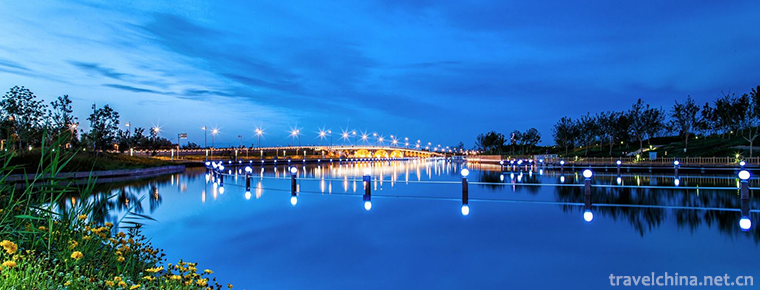
-
Dazhao Temple Scenic Area in Lhasa
Dazhao Temple, also known as "Zula Kang" and "Jue Kang" (Tibetan meaning for Buddhist temple), is located in the center of the old city of Lhasa. It is a Tibetan Buddhist temple bu.
Views: 123 Time 2018-12-12 -
Jinxi ancient town
Jinxi Ancient Town is located in the southwest of Kunshan City, Jiangsu Province. It is 100 kilometers from Shanghai Pudong International Airport and 75 kilometers from Wuxi Airport..
Views: 132 Time 2019-01-29 -
Tea ceremony
Tea art is a kind of culture. On the basis of Chinese excellent culture, tea art has absorbed and borrowed other art forms extensively, and expanded to literature, art and other fields.
Views: 212 Time 2019-04-15 -
Two strands
Erguxian is an ancient traditional opera, which was formed in Song Dynasty and has a history of more than 500 years. The two-strand string is evolved from folk minor,.
Views: 282 Time 2019-04-28 -
Traditional Textile Dyeing Weaving and Embroidery Techniques of the Li Nationality
The traditional spinning, dyeing, weaving and embroidery techniques of the Li nationality, the traditional handicraft techniques of Hainan Province, are one of the national intangible cultural heritag.
Views: 91 Time 2019-05-12 -
Wooden Fish Songs
Muyu song is short for Muyu, also known as Touyu song. It is one of the traditional rap and singing arts in Guangdong Province and belongs to the system of Tanci. It is popular in the Pearl River Delt.
Views: 151 Time 2019-06-06 -
Wuyin Opera
Wuyin opera has a history of nearly 300 years. Its singing style is graceful and charming. It is known as "Northern Yue Opera". Its occurrence, development and finalization have gone through.
Views: 133 Time 2019-06-29 -
Hunan embroidery
Hunan embroidery is one of the four famous embroidery in China. It is the general name of Hunan embroidery products with distinctive Hunan-Chu cultural characteristics centered in Changsha, Hunan Prov.
Views: 298 Time 2019-07-06 -
Health preservation in traditional Chinese medicine
Health preservation in traditional Chinese medicine refers to a kind of medical activity that can prolong life by taking care of life, strengthening physique and preventing diseases in various ways. H.
Views: 231 Time 2019-08-03 -
Cai Yuanpei
Cai Yuanpei (January 11, 1868 - March 5, 1940), word crane Qing, also the word Zhong Shen Cai Zhen, Zhou Ziyu, Han nationality, Shanyin County, Shaoxing Prefecture, Zhejiang (now Zhejiang). Shaoxing (.
Views: 180 Time 2019-09-06 -
History of Deyang
In ancient times, it was a place of hundred PU. In the fifth year of King Shenliang of Zhou Dynasty (316 BC), that is, in the ninth year of gengyuan, King Huiwen of Qin Dynasty, Qin destroyed the two states of Bashu and established two prefectures of Bashu. Today, Deyang Prefecture belongs to Shu Prefecture. County under the county, County Pavilion..
Views: 122 Time 2020-12-14 -
Meishan primary industry
In 2019, the total sown area of crops is 318000 hectares, an increase of 1.1%. Among them, the planting area of grain crops was 196000 hectares, an increase of 0.6%; the planting area of oil crops was 58000 hectares, an increase of 1.8%; the planting area .
Views: 332 Time 2020-12-18



